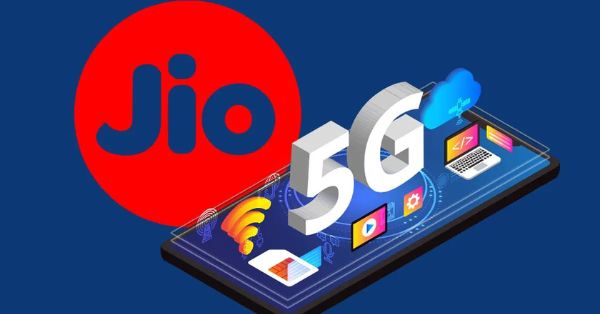Leading Philippine telco company PLDT’s wireless subsidiary Smart Communications, Inc. (Smart) is collaborating with U.S.-based Omnispace to explore and demonstrate the capabilities of space-based 5G communications using low earth orbit (LEO) satellites.
“This collaboration with Omnispace will allow our companies to work together to define use cases for the Philippine market,” said Arvin L. Siena, Head of PLDT’s Technology Strategy and Transformation Office, adding that possible use cases include enabling 5G connectivity in remote areas, incorporating IoT and sensors for use in monitoring weather disturbances and natural calamities, and augmenting network coverage for disaster relief, maritime and telematics for vessels and equipment.
“This is also part of PLDT’s broader initiatives to future-proof our services, including Smart 5G. This includes exploring opportunities to team up with companies like Omnispace, to test the interoperability of our network with their 3GPP-compliant 5G non-terrestrial network (NTN), which will support the 5G ecosystem of the future,” Siena added.
Having launched Omnispace Spark-1 and Spark-2 in April and May, respectively, the company recently completed the deployment phase of “Omnispace Spark™.” This program is the initial phase in the company’s development and delivery of the world’s first global 5G-capable satellite network.
The Omnispace 5G NTN global network will interconnect with terrestrial or land-based mobile networks to serve mobile subscribers utilizing the company’s 2 GHz mobile satellite spectrum allocation and operating in 3GPP band n256.
As the world’s first 3GPP-compliant 5G NTN system, the Omnispace network is expected to deliver the power of 5G directly to billions of devices everywhere, extending the reach of mobile connectivity to enable people and assets to communicate in real-time through a single, seamless global service.
“We are excited to announce this collaborative agreement with Smart Communications, which shares our vision of delivering reliable mobile connectivity to consumer, government and enterprise users, everywhere,” said Brian Pemberton, Omnispace. “Together with Smart, we seek to bridge the digital divide, while also providing the communications infrastructure to power the development of the Filipino economy of the future.”
PLDT and Smart’s pioneering foray into satellite-powered communication is part of a broader initiative to deliver world-class customer services across the country, complementing the nationwide rollout of their fiber infrastructure, and wireless networks based on 4G and 5G technologies.
About Omnispace, LLC
Headquartered in the Washington D.C. area, and founded by veteran telecommunications and satellite industry executives, Omnispace is redefining mobile connectivity for the 21st century. By leveraging 5G technologies, the company is combining the global footprint of a non-geostationary satellite constellation with the mobile networks of the world’s leading telecom companies to bring an interoperable “one network” connectivity to users and IoT devices anywhere on the globe. Learn more at: Omnispace.com and follow on LinkedIn or Twitter @omnispace.
About Smart Communications, Inc.
Smart Communications, Inc. (Smart) is a wholly owned wireless communications and digital services subsidiary of PLDT, Inc., the Philippines’ largest and only integrated telco company. Smart serves 96% of the country’s population with its combined 2G, 3G, 4G LTE and 5G network, providing mobile communications services, high-speed internet connectivity, and access to digital services and content to over 71.2 million Filipinos (as of end-2021), through its commercial brands Smart and TNT. Smart also offers satellite communication services under the brand Smart World.









































